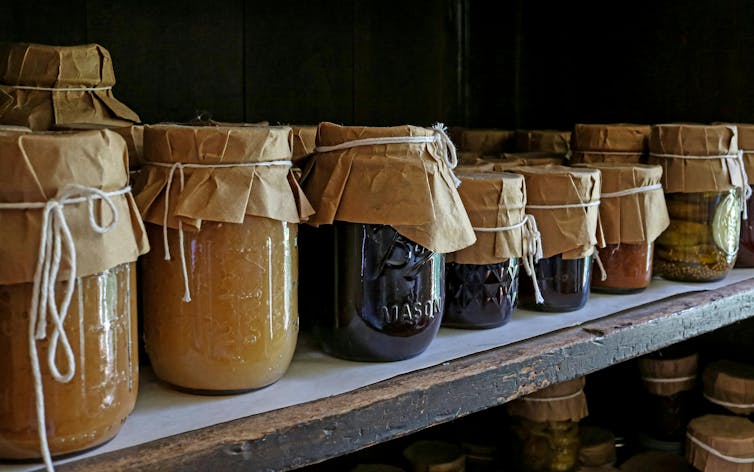A specialist group of highly-trained Queensland firefighters is tackling some of the state’s most difficult mountain terrain to perform rescues.
Queensland Fire and Emergency Services (QFES) has 16 Fire and Rescue Service Remote Rescue Technicians undertaking rescues in isolated and mountainous locations.
Fire and Emergency Services Minister Craig Crawford said the technicians’ work was important as firefighters were called when there was no access to a casualty without specialist climbing and vertical rescue skills.
“Walkers, hikers and climbers who are underprepared or exceed their capability, people who are lost, ill or injured due to a fall are people QFES’ Remote Rescue Technicians are called to help,” Mr Crawford said.
“The Technicians conduct search and rescue operations and often need to rescue and carry patients on stretchers over long distances in bushland or steep inclines.
“State Emergency Services (SES) volunteers also have the ability to provide vital support alongside technicians and can assist in performing these rescues.
“Having this capability will increase the safety of all Queenslanders, who are keen to explore the great outdoors.”
While these rescues could happen anywhere, Mr Crawford said QFES had attended about 120 remote rescues on the Glasshouse Mountains in the past three years, including 60 rescues in 2017 and 49 in 2018, the most in the state.
“Many of these types of rescues occur in the Sunshine Coast area, including popular tourist walking and hiking tracks at Mt Tibrogargan, Mt Ngungun and Mt Beerwah,” Mr Crawford said.
“QFES undertook its first two remote rescue pilot courses in August and September 2016 with 11 Technicians trained in North Coast Region and five in Brisbane Region.”
QFES Acting Commissioner Mike Wassing said Remote Rescue Technicians, while already highly-trained, were continuously furthering their abilities through regular training in remote rescue techniques.
“If someone is trapped or stranded in difficult terrain, our Technicians use their climbing and vertical rescue abilities to reach and rescue them safely,” Mr Wassing said.
“Their knowledge and vertical rescue skills, like abseiling and climbing, also means they can access people who may be stranded or trapped at a height or down an embankment.
“When Technicians reach a person they can perform first aid and provide care if required, often in an isolated area, before they can be taken to safety.”
Mr Wassing said Remote Rescue Technicians knew the ins and outs of common hiking, climbing and walking areas and encouraged people to know the basics before heading on an outdoor adventure.
“QFES has this great ability to rescue people, but it is important people take every step possible to ensure they won’t need our help,” he said.
“Walkers, hikers and climbers should know the area they are planning to visit, understand how easy or difficult the terrain might be and always take the right equipment.
“Most importantly; walkers, hikers and climbers must evaluate their own personal ability to undertake these activities prior to commencement, to ensure they do not become the person that needs rescuing from our mountain areas.
“Before leaving they should check the weather and remember not to enter steep terrain if it is wet or rain is forecast.
“They should also tell someone where they are going, how long they will be and stick to the planned route.”








